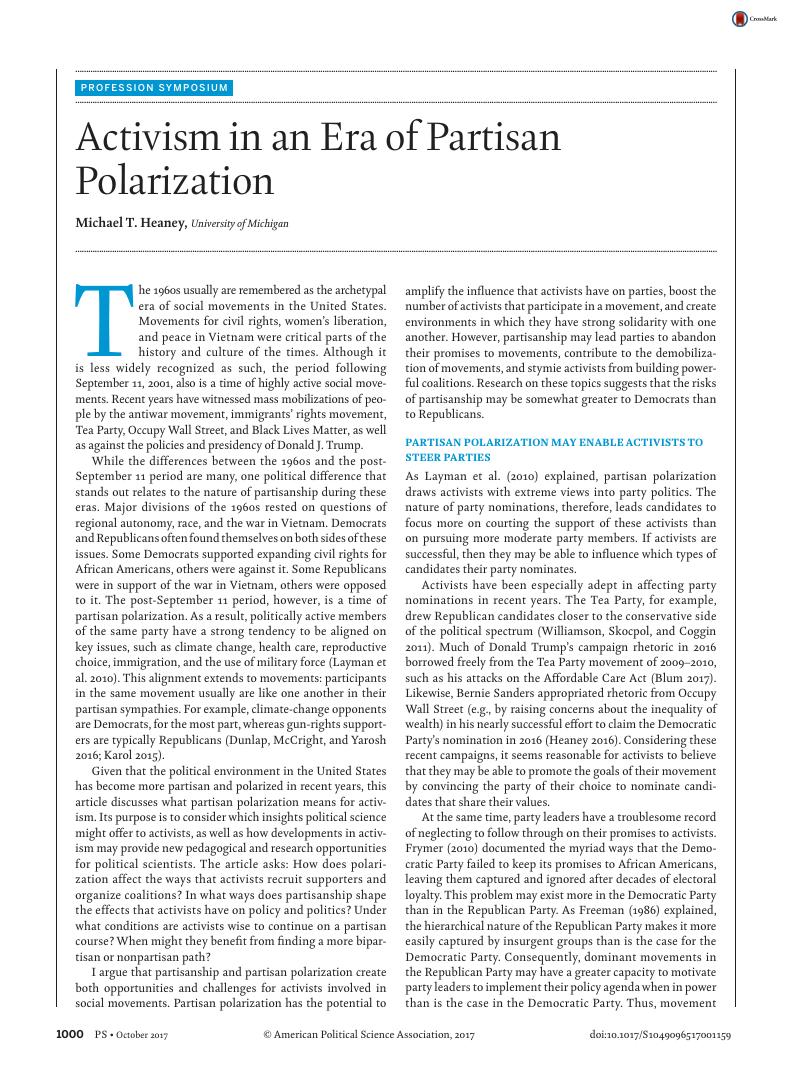Crossref Citations
This article has been cited by the following publications. This list is generated based on data provided by Crossref.
Tarrow, Sidney
2019.
Comparison, Triangulation, and Embedding Research in History: A Methodological Self-Analysis.
Bulletin of Sociological Methodology/Bulletin de Méthodologie Sociologique,
Vol. 141,
Issue. 1,
p.
7.
Gold, Tomás
and
Mische, Ann
2024.
Channeling Antipartisan Contention: Field Structures and Partisan Strategies in a Global Protest Wave, 2008–2016.
American Journal of Sociology,
Vol. 129,
Issue. 6,
p.
1660.
Cole, Geneva
2024.
Mobilizing middlemen: the Conservative Political Action Conference and the creation of party activists.
Journal of Elections, Public Opinion and Parties,
p.
1.



